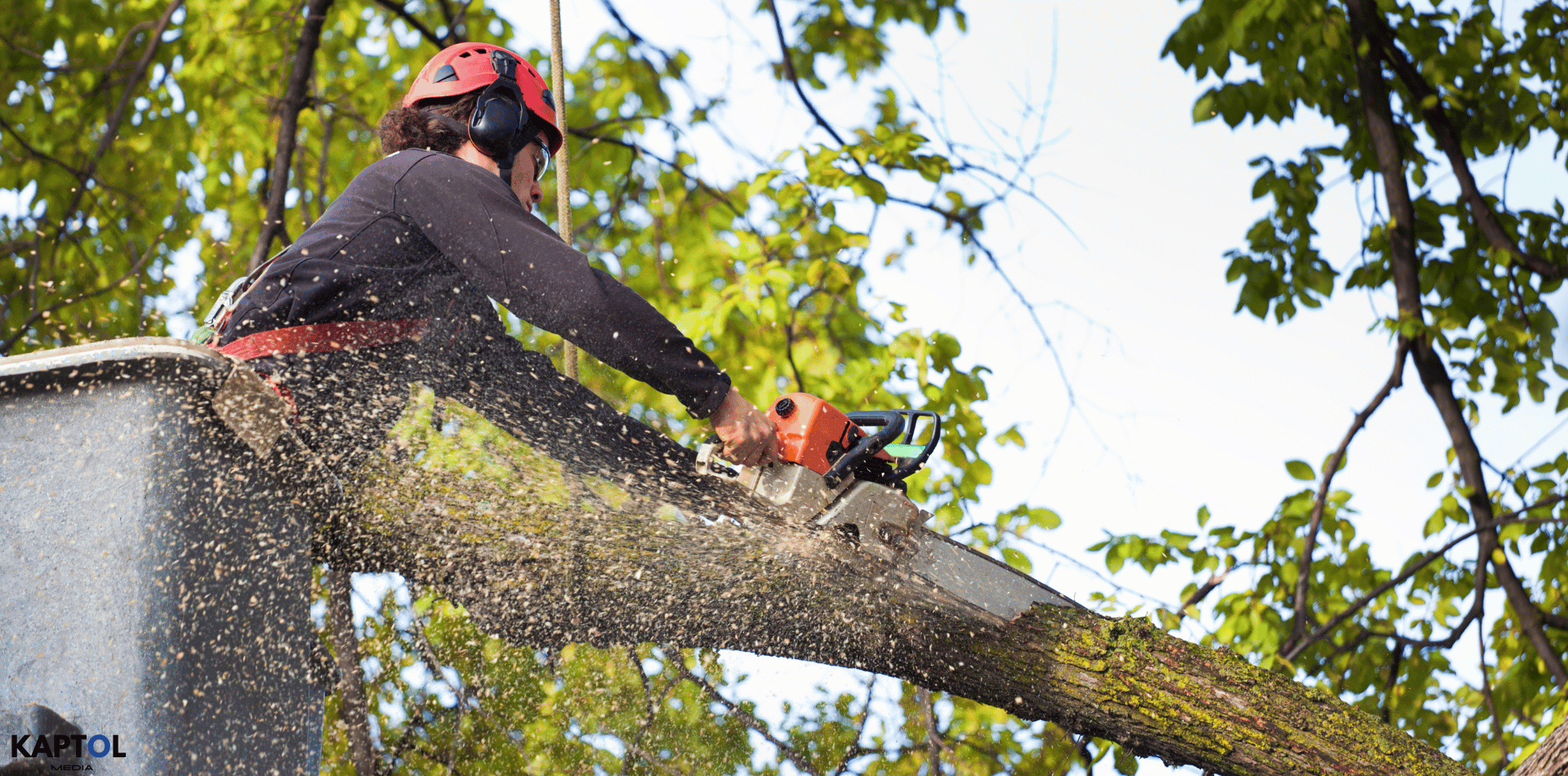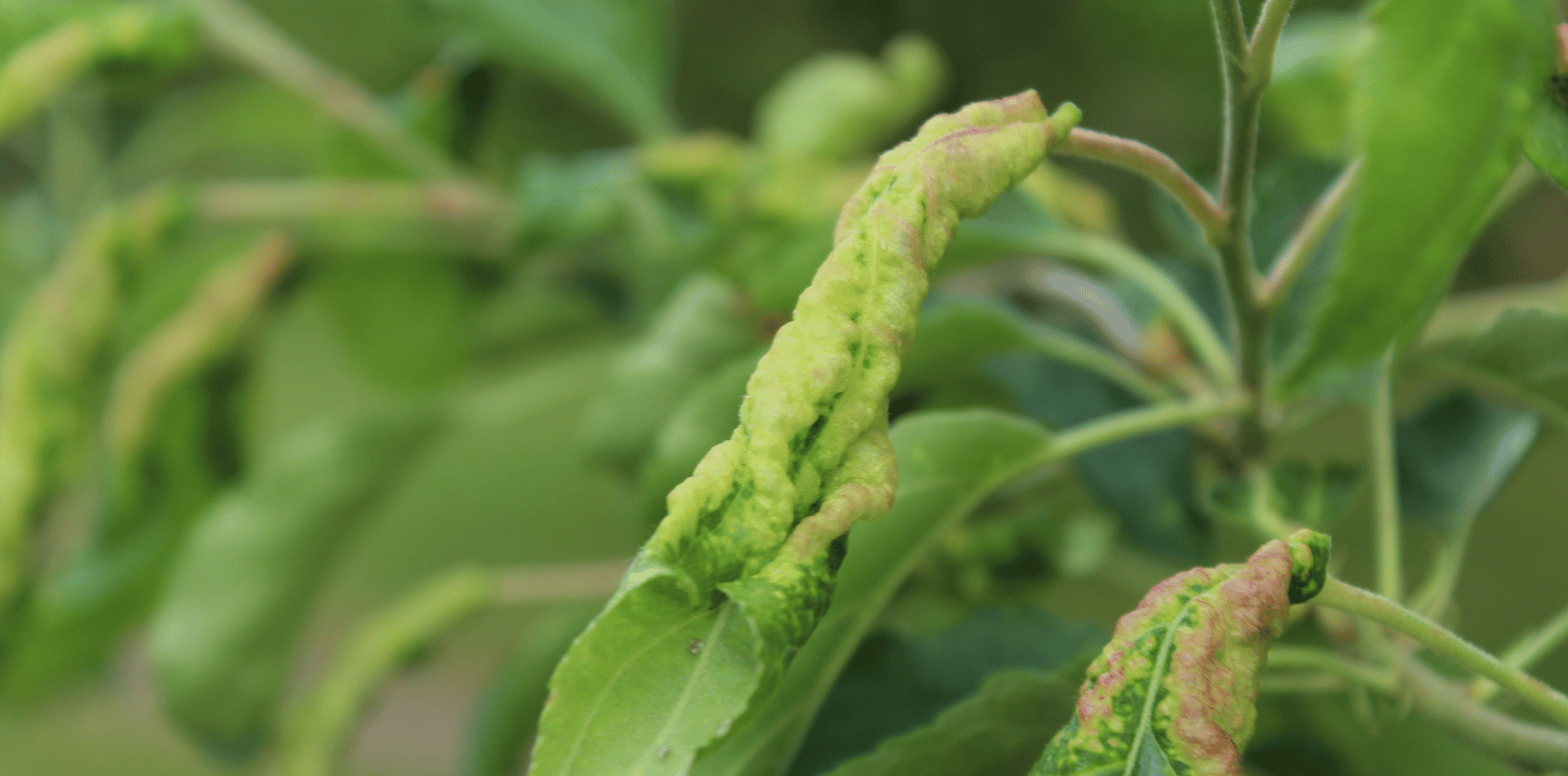The Science behind Tree Removal: A Guide to Professional Services
A Guide to Professional Tree Removal Services
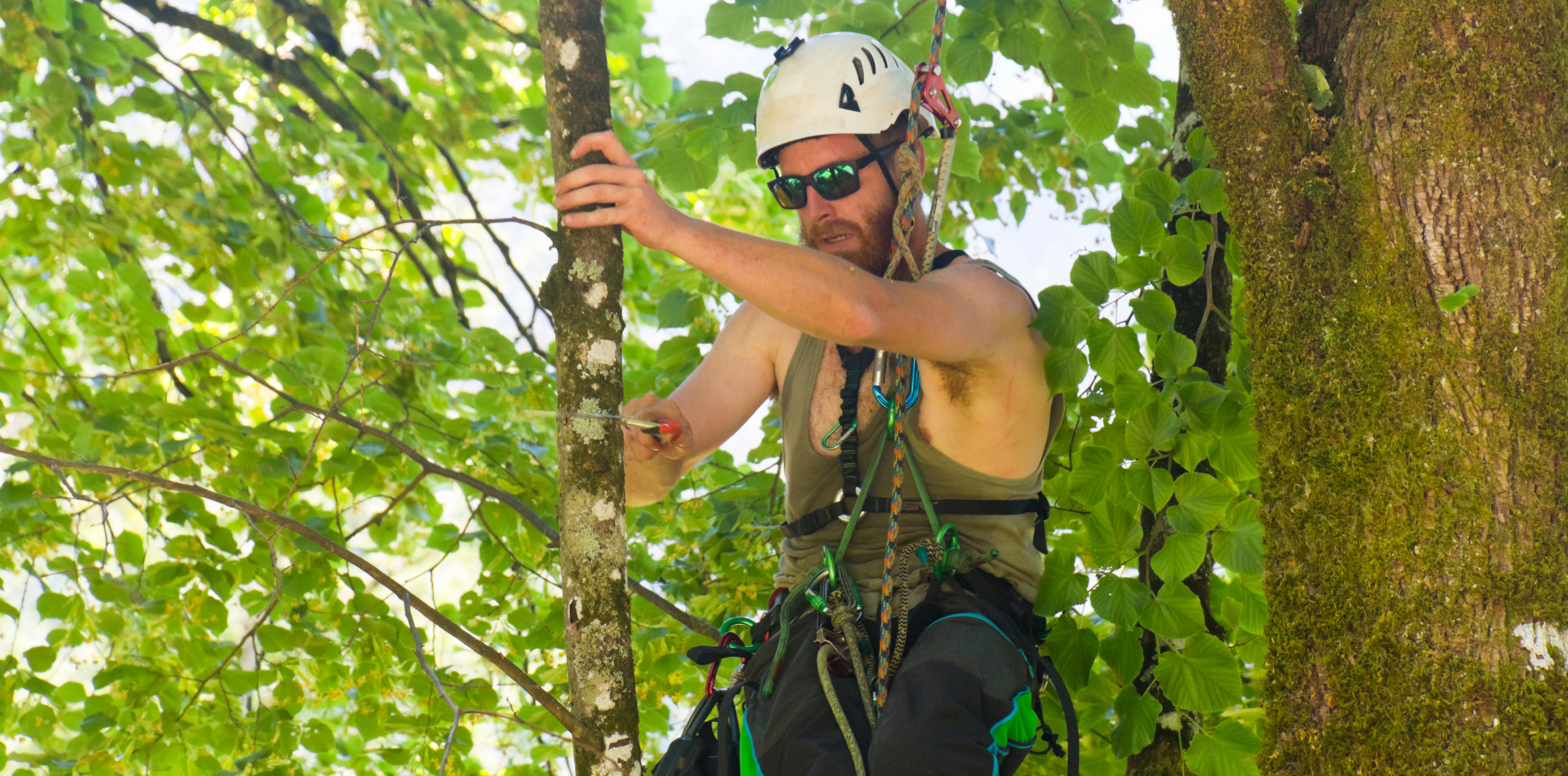
The art and science of tree removal represent a delicate balance between preserving the natural beauty of our environment and ensuring safety and functionality.
Trees enrich our landscapes by offering shade, oxygen, and aesthetic appeal. However, when circumstances dictate their removal, it's essential to entrust this task to professionals who understand the intricate dance of artistry and scientific expertise that accompanies the process. We will look into the world of professional tree removal, exploring the techniques, equipment, safety measures, and skills that define this nuanced practice.
The Science of Arboriculture
Arboriculture, the study and management of trees, forms the scientific foundation of professional tree removal services.
Trained arborists possess a deep understanding of tree biology, health assessment, and the impact of environmental factors on tree growth.
Tree Health Assessment:
Arborists conduct comprehensive health assessments of trees slated for removal. They examine factors such as fungal infections, insect infestations, and structural stability. Through meticulous observation and scientific tools, arborists determine if a tree is compromised beyond rehabilitation.
Disease Identification and Management:
Trees can fall victim to various diseases that weaken their structure and vitality. Arborists use their knowledge to identify specific diseases, assess their severity, and implement targeted management strategies. In some cases, removal is the only way to prevent the spread of disease to other trees in the vicinity.
Structural Analysis:
A critical aspect of tree removal involves evaluating the structural integrity of the tree. Arborists identify weak points, potential hazards, and signs of decay that could lead to unexpected failures. This analysis ensures safe and controlled removal.
Environmental Factors:
Arborists consider external factors that affect tree health, such as soil composition, water availability, and climate conditions. By understanding how these elements interact, they can make informed decisions about tree removal and recommend suitable replacements.
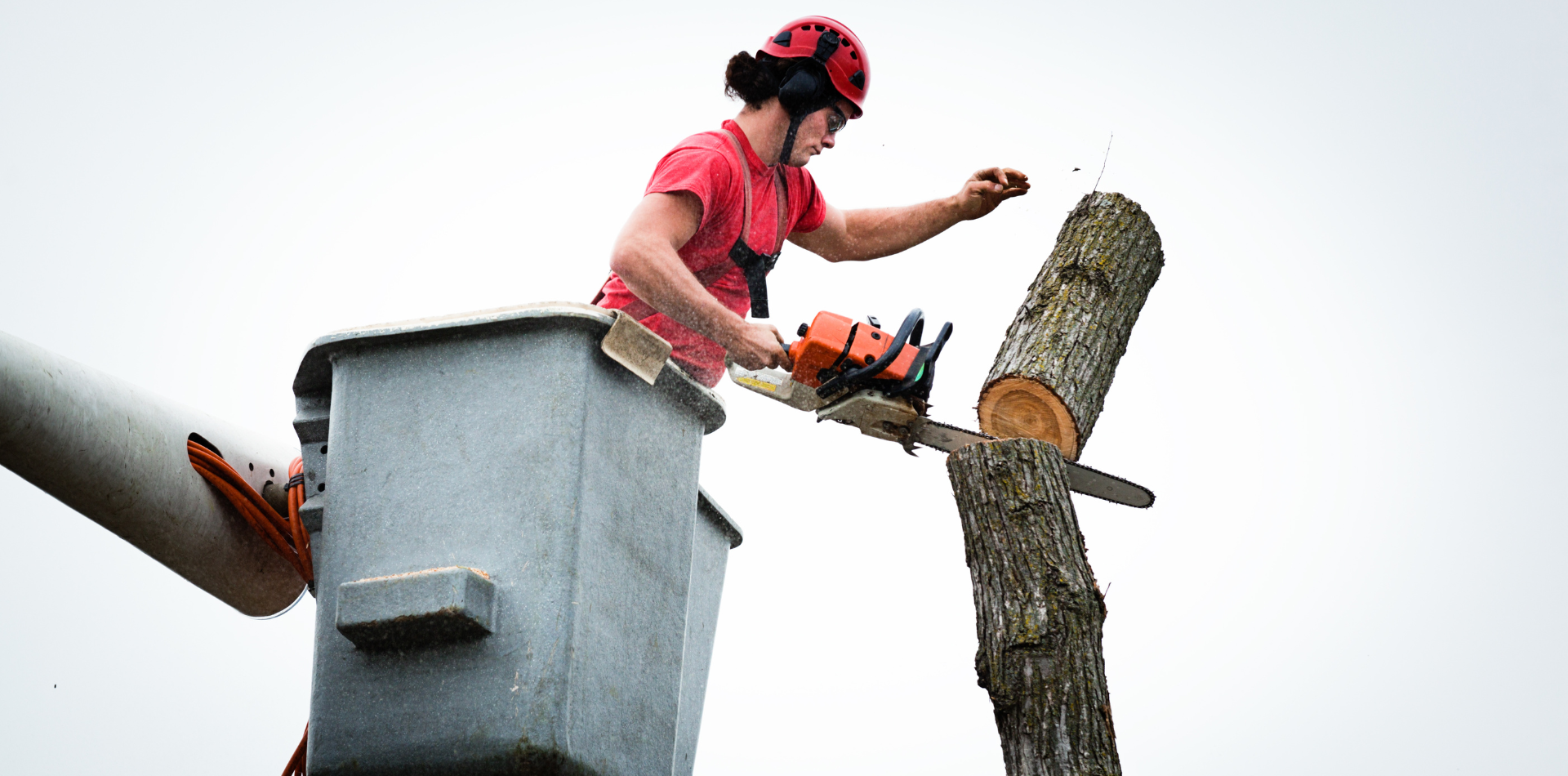
The Artistry in Tree Removal
Tree removal is not merely a mechanical task. It requires a skilled touch to ensure both safety and aesthetic considerations.
Precision Cutting:
Professional tree removal involves precise cutting techniques to control the tree's descent. Arborists strategically cut branches and sections of the trunk to guide the tree's fall in a predetermined direction, avoiding obstacles and minimising impact on surrounding vegetation.
Directional Felling:
In urban environments, trees are often surrounded by structures, power lines, and other trees. Arborists must employ directional felling techniques to ensure the tree falls safely without causing damage. This requires a deep understanding of physics and the tree's natural tendencies.
Equipment Mastery:
Chainsaws, cranes, ropes, and other equipment play a vital role in tree removal. Arborists are trained to handle these tools effectively and safely, ensuring precise cuts and controlled removal.
Minimizing Impact:
In cases where tree removal is necessary due to safety concerns or landscape planning, arborists focus on minimising the impact on the surrounding environment. This might involve carefully dismantling the tree in sections to avoid damaging nearby structures or vegetation.
Safety Measures and Protocols
Safety is paramount in tree removal, both for the arborists performing the work and the property and people in the vicinity.
Personal Protective Equipment (PPE):
Arborists wear specialised PPE to safeguard themselves from potential hazards, including falling debris, sharp branches, and chainsaw kickback. Helmets, gloves, safety glasses, and chainsaw-resistant clothing are essential components of their attire.
Rigging Techniques:
When removing large branches or sections of a tree, arborists use rigging techniques to control the descent and prevent damage to surrounding structures. This requires an understanding of physics and engineering principles.
Climbing Safety:
For trees that cannot be reached from the ground, arborists employ climbing techniques to access various parts of the tree. These climbing methods ensure their safety and enable them to perform precise cuts and manoeuvers.
Team Communication:
Effective communication within the arborist team is crucial during tree removal operations. Team members coordinate their actions to ensure a smooth process and prevent accidents.
The art and science of tree removal represent a fusion of expertise, safety protocols, and environmental considerations.
Professional tree removal services are not just about cutting down trees; they require a deep understanding of tree biology, an appreciation for precision cutting techniques, and a commitment to safety. Arborists bring together scientific knowledge, practical skills, and specialised equipment to ensure that tree removal is performed with the least disruption to the environment and the highest level of safety.
When faced with the need for tree removal, it's vital to entrust this task to certified arborists who possess the expertise to assess tree health, plan the removal process, and execute it with precision. By embracing the art and science of tree removal, professionals contribute to the preservation of our landscapes while safeguarding property and lives.


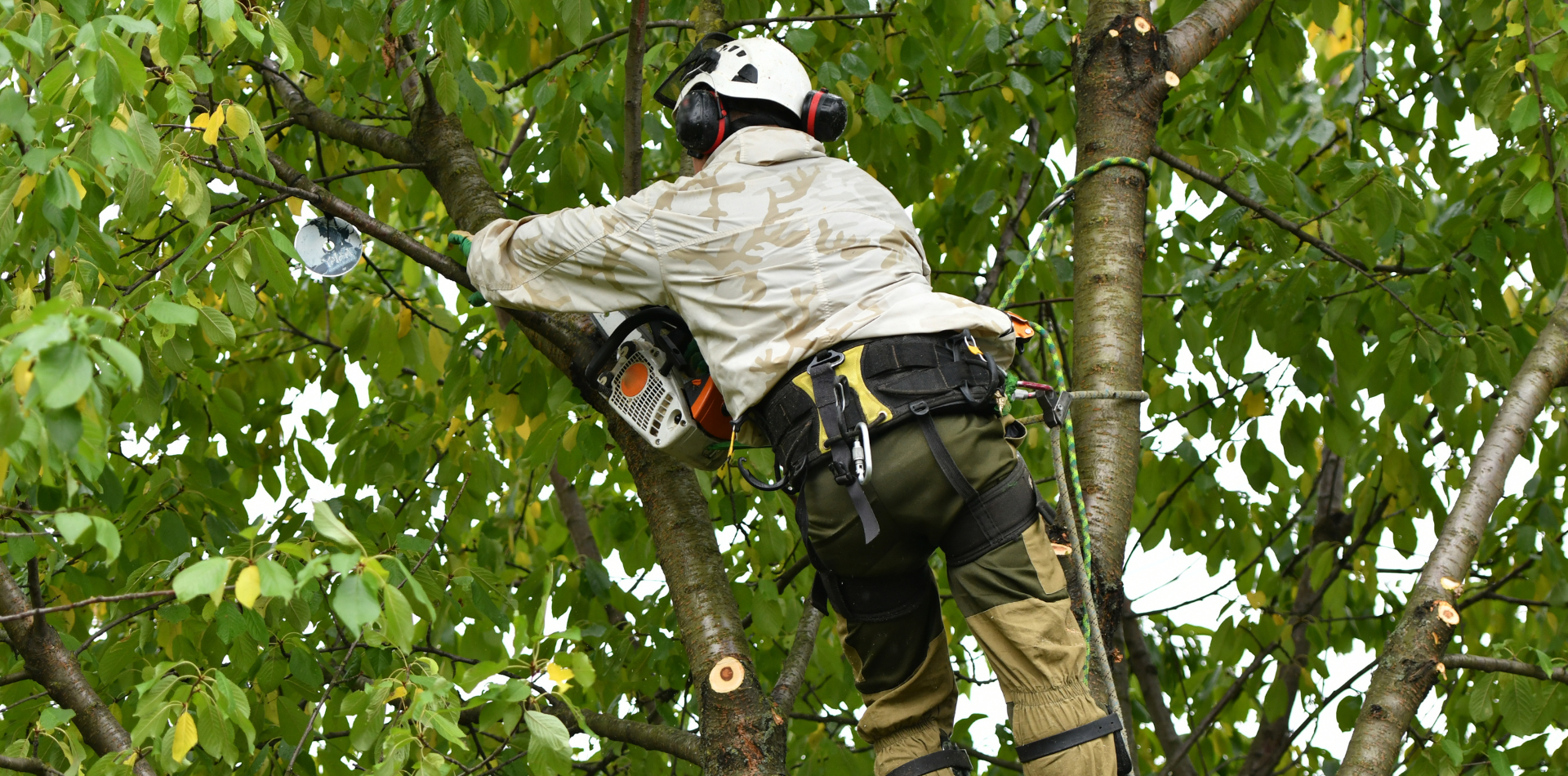
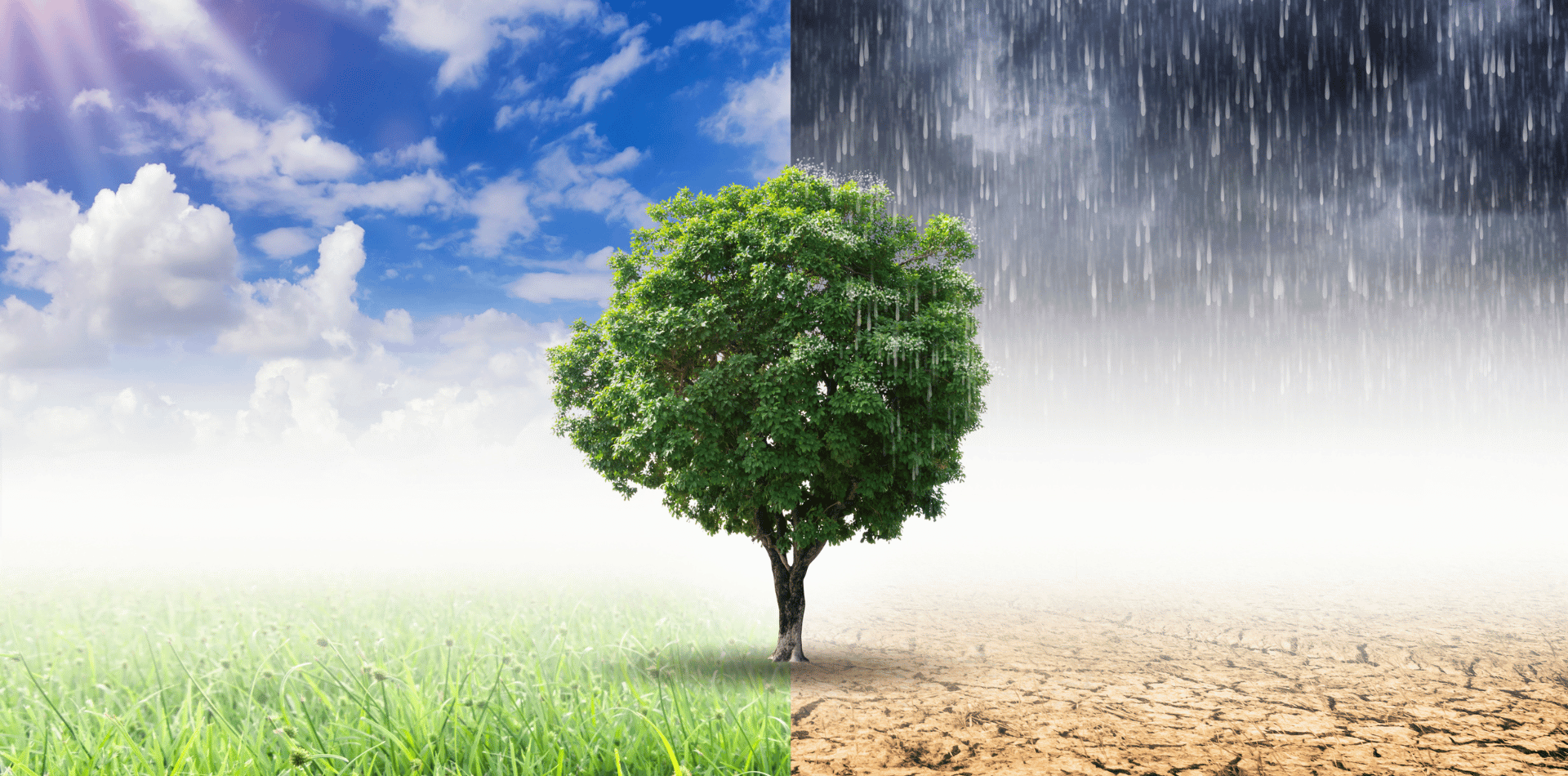

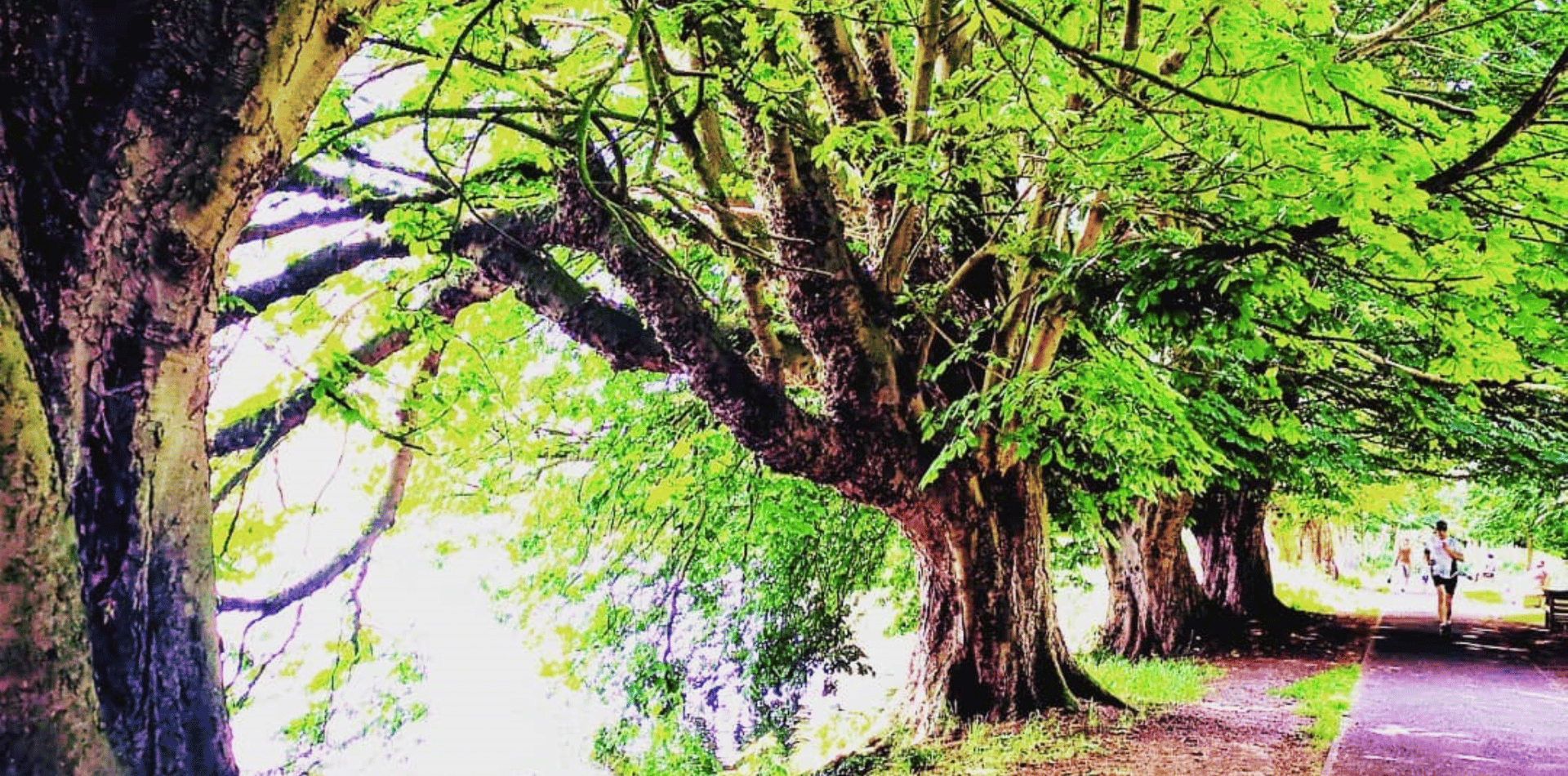
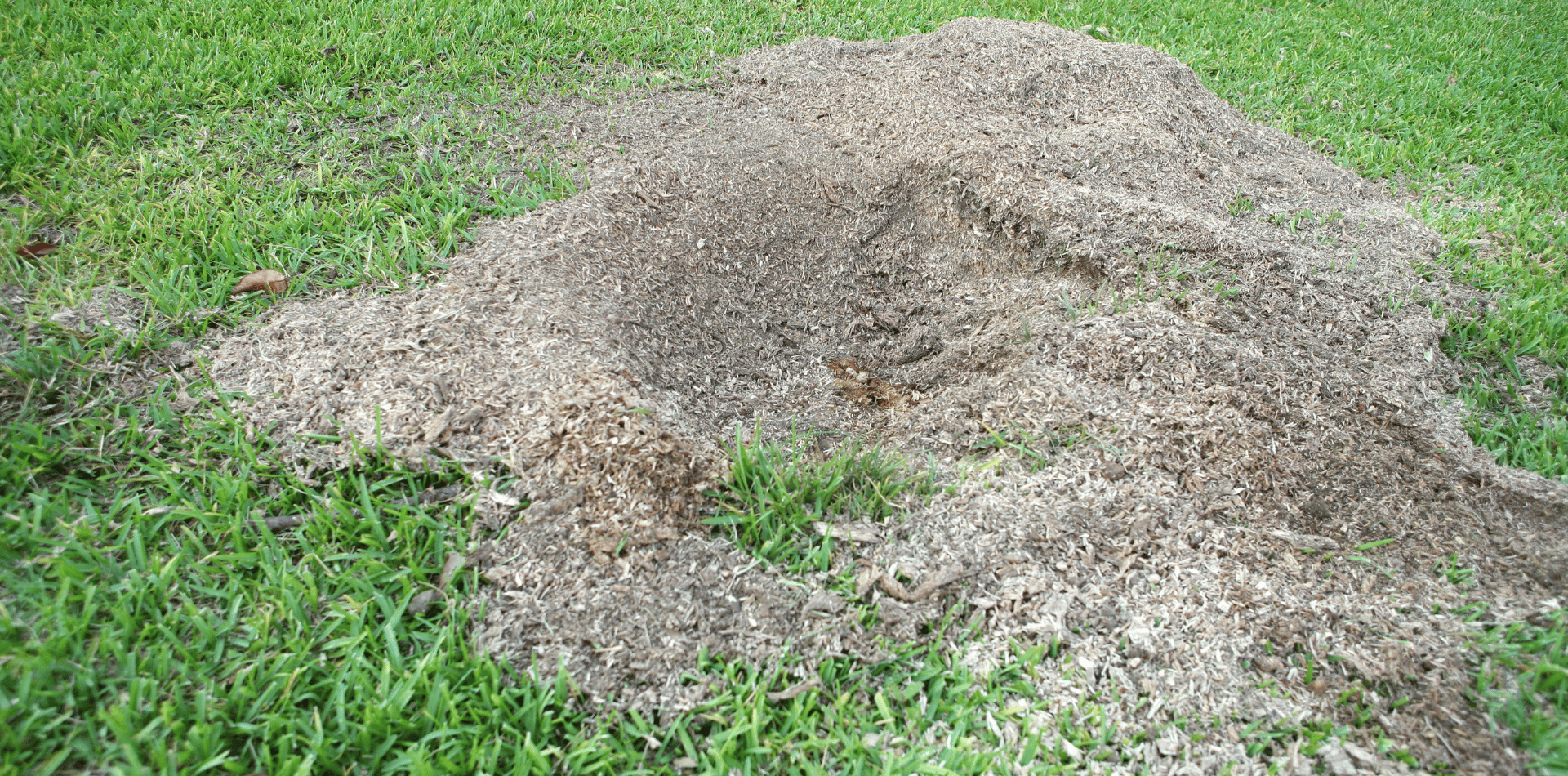

Contact
Kaptol Tree Removal Newcastle
A Member of the Kaptol Group
Powered by Kaptol Media

